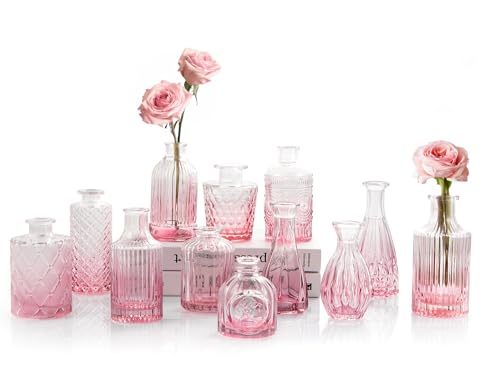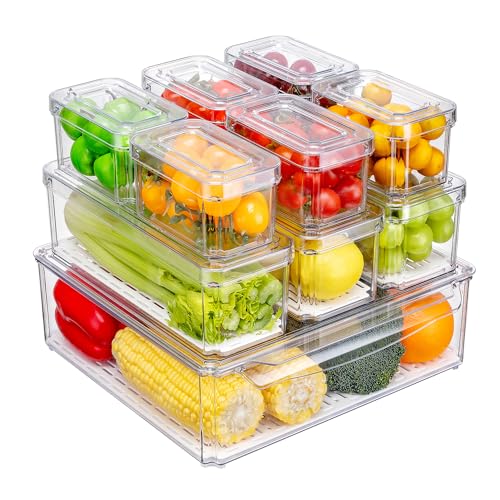Is the 'fridgescaping' trend a functional fail? We ask the experts if style matters more than storage in this space
Decorating the inside of your fridge like a beautiful tablescape is taking off on social media. But will it get a frosty reception from your family?
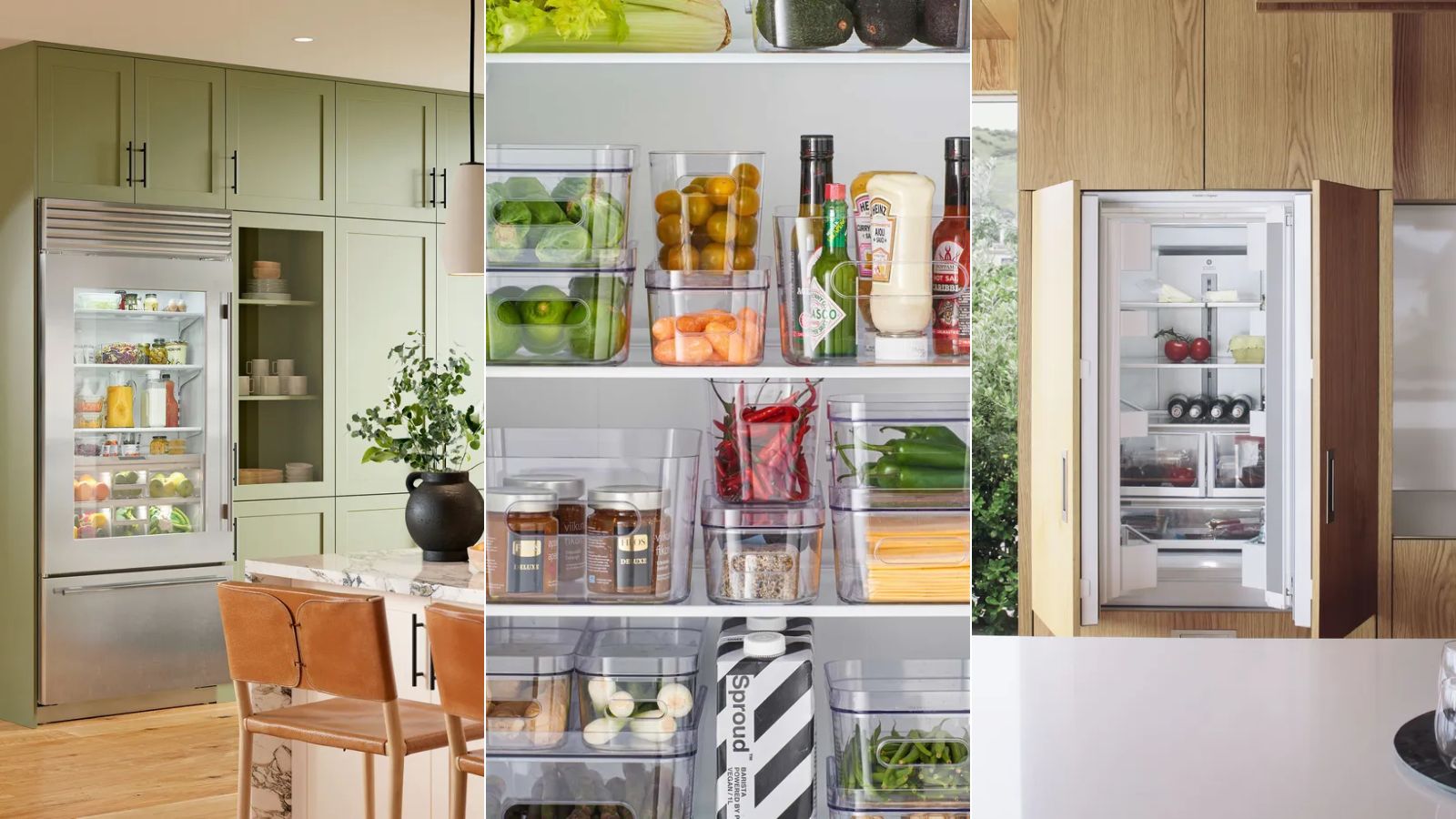

'Fridgescaping' is a divisive trend that takes refrigerator organization to a whole other level, bringing non-functional decor such as flowers and fruit stacking inside the fridge for a better internal aesthetic.
After a Reddit thread of a husband revealing his hatred of his wife’s fridgescaping and the ensuing arguments they were having attracted thousands of comments and a heated debate, we wondered if this really is an interiors trend too far.
We spoke to organizational experts to see what fridgescapers get out of it, whether it's an impractical fridge organization technique, and should fridge foragers care more about easy access to food and drinks, or maintaining a pretty shelf aesthetic?
What is fridgescaping?
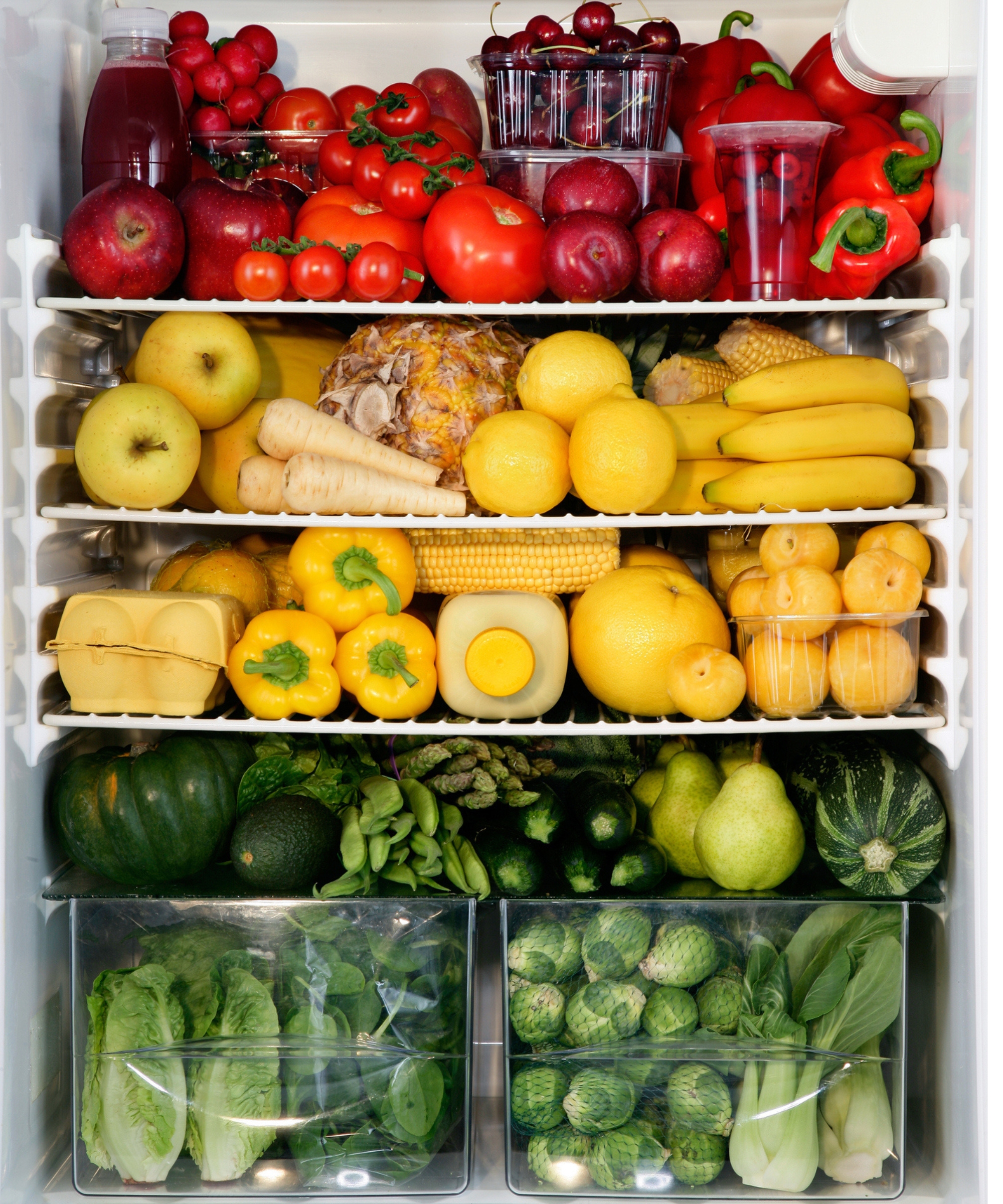
The coining of the phrase fridgescaping had been attributed to blogger Kathy Purdue, a retired designer, as far back as 2010. On her Good Life Of Design website, she applied the principles of 'tablescaping' – decorating a dinner table beautiful for hosting and dining – to the inside of her fridge by putting produce on show in open, color-matched bowls.
‘Why not put your everyday food items in pretty containers and have something pretty to look at when you open the door,’ she encouraged her blog followers.
As a trend, it’s been a bit of a slow-burn, but the concept has recently gone viral on social media platforms and on TikTok alone, a quick search for ‘What Is Fridgescaping’ returns 228M posts.
Fridgescaping, like most trends, has further evolved, going beyond simply matching bowls, to seeking out unique vintage containers, arranging vegetables in baskets like they were just carried home from a farmers' market, supplementing the fridge light with ambient string lights, and even adding small vases of cut flowers inside just to look pretty when homeowners open their appliance.
Design expertise in your inbox – from inspiring decorating ideas and beautiful celebrity homes to practical gardening advice and shopping round-ups.
But is this a case of putting form over function? Americans open their fridges an average of 33 times a day, according to energy-saving program Energy Star, so how practical is it when you have to push aside artfully arranged posies to get to the perishables?
Is fridgescaping good interior design?
‘This trend, along with overly stylized pantries that call for extensive post-grocery store trip decanting, is one that sets most homeowners up for frustration and failure,’ warns professional organizer and student of interior design Rogene Pejanovic.
‘I understand the desire to make our spaces beautiful and appealing, but it ignores a key pillar of good design which ensures that the original aesthetic goals can be maintained over time within the framework for which the space is to be used. In other words, well-designed spaces should be beautiful initially and over time in the ordinary course of use.’
While fridgescaping may offer an alternative outlet for creativity as the ‘scaper sets up their chilly tableau, these feelings of satisfaction might not be shared by others in the household.
Failure to maintain the picture-perfect interior might also be a downer after that artistic high, adds Rogene, ‘I guess there is a canvas for everyone’s talents and interests. And I certainly want to empower homeowners to live beautifully and functionally. But, for most homeowners, I think this particular trend is more likely to simply make them feel like there is yet another area of life in which they are not measuring up.’
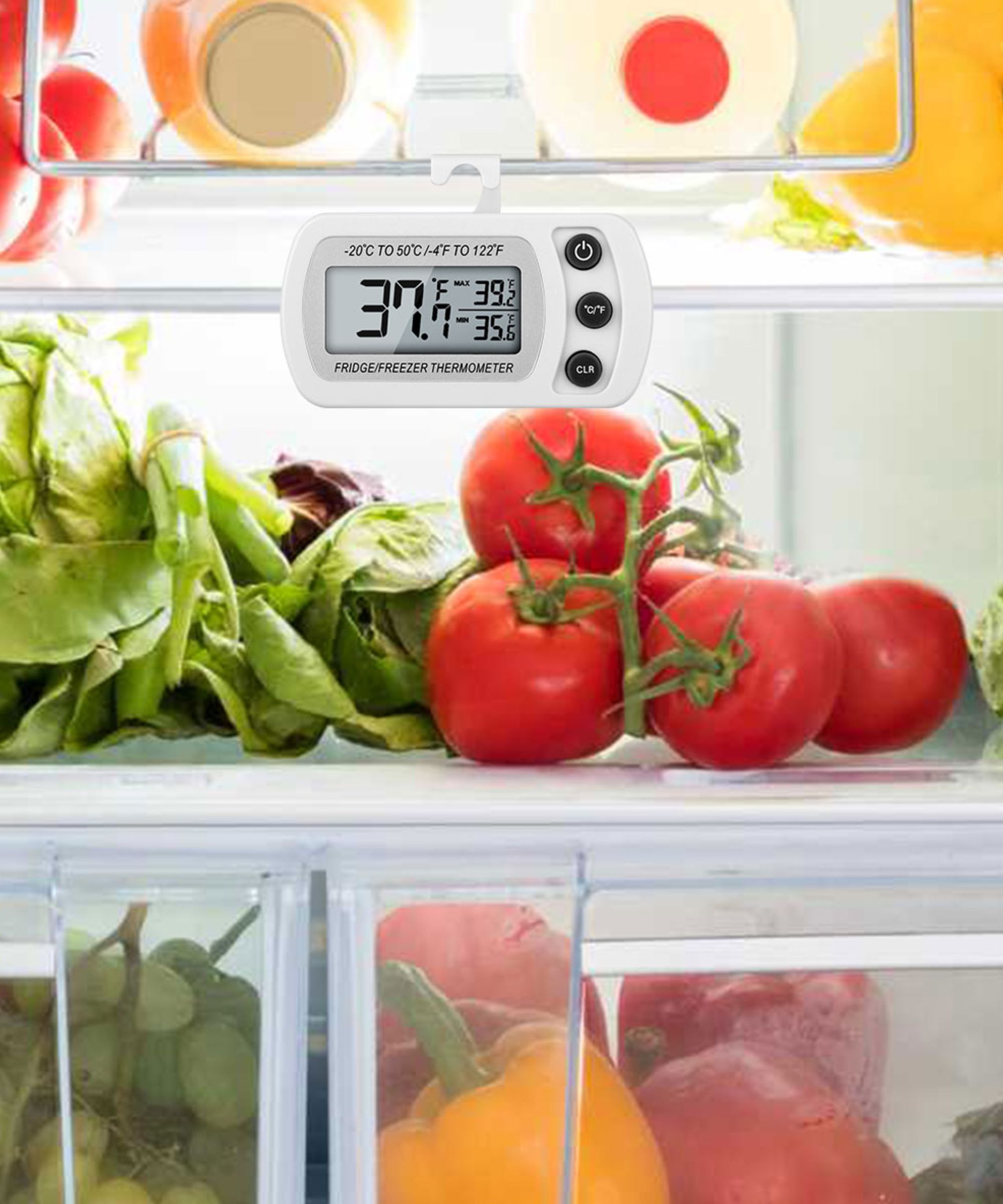

As the owner of Breathing Space, a professional organizing business located in Ridgefield, CT, Rogene helps people arrange their spaces to live well. She is also studying interior design, and combines this with her organizing expertise to achieve a client’s unique vison of beauty and maintainable functionality.
How practical is fridgescaping?

Fridgscaping pros
Cleaning professional Rocky Vuong says that fridgescaping as a method of organization is not without its pros:
- Beautiful displays of fresh produce can inspire healthier choices and make meal planning more enjoyable.
- Clear containers and labels make it easier to locate items, reducing the likelihood of food being forgotten and wasted.
- It elevates the fridge from a purely functional appliance to a stylish kitchen feature, adding personality and charm.
Fridgescaping cons
However, these can be outweighed by the cons:
- The carefully arranged ‘scape’ can easily be disrupted by hungry family members searching for snacks or leftovers, leading to frustration.
- Some aspects of the trend, like storing flowers in the fridge, might prioritize aesthetics over practicality and food safety.
- Maintaining it requires time and effort, which can be challenging for busy individuals or families.
‘My take, as someone passionate about maintaining clean and organized spaces, is I appreciate the intention behind fridgescaping. And, while clear containers and labels are always beneficial, creating elaborate displays might not be sustainable for everyone. The most used appliance in the kitchen needs to be practical above all else.
‘Fridgescaping can be a fun and rewarding way to elevate your fridge's appearance and organization, but it's important to approach it with realistic expectations and prioritize functionality over elaborate aesthetics.’

A cleaning industry entrepreneur, Rocky has founded Neatbrite.com, bringing top-quality cleaning services to Dallas, Texas, and Calibre Cleaning, one of Australia's largest house cleaning companies.
Is fridgescaping just a fad?
Stella Campo, a self-professed organization nerd, says this high maintenance approach to storage could ultimately be its downfall.
‘While it's not necessarily harmful, it may potentially create more waste with its emphasis on aesthetics that causes some to try and only keep items that fit into certain containers in the fridge. This could also cause some tension between family members who want to easily access food without disturbing a certain setup.
‘As someone who loves methodical fridge and pantry organization, I personally enjoy organizing my fridge so that it saves me either time or bandwidth, and if fridgescaping can combine some utility with the aesthetic and decor, while being mindful of waste, I think people can make it work.'
The key to successful 'scaping, she says, is communicating with the other fridge users, and trying to stay chill (pun intended) when your arrangement is moved around.
‘It brings others joy and that is really what it is about, so my advice is that having a conversation with your family and partner about your expectations on what fridgescaping is for your home is important to come to a mutual agreement.
‘From the boom of Mary Kondo's approach to organizing to other trends, there is some aspect of practicality and sustainability, which is why we see these trends sticking around. I don't foresee the entire fridgescaping trend sticking around for the long haul, but perhaps some aspects of it might.’

Stella is cofounder and CPO of home management app Coexist. As a self-professed organization nerd and a new mum, she has a deep passion for helping parents find peace in modern parenting chaos.
If fridgescaping is a step too far for you, consider instead the golden rules for keeping your fridge organized, and the things people with organized fridges never do.

Alison is a contributing gardens writer for Homes & Gardens, writing on a range of topics from plant care to garden design. She has recently landscaped the outside space of her Victorian home, replacing crazy paving and cracked slabs with new lawn, and is currently cultivating a fruit bed.
